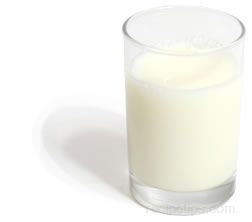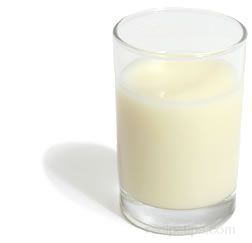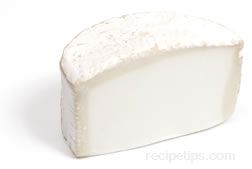When stored, milk should be refrigerated, placed in the center of the refrigerator close to the optimum cooling temperature for freshness. When it spoils, the milk will emit a sour aroma that should be easily detected.
Loading
Milk
A white liquid secreted by the mammary glands of animals, such as cows, sheep and goats. Fresh milk is consumed for nourishment, providing valuable nutrients such as calcium, protein, potassium, magnesium, and riboflavin. It is also used for making other foods, such as butter, cheese and yogurt. The most commonly used is cow's milk, which is available as: 1) pasteurized whole milk containing at least 3.25 percent milk fat, 2) low-fat milk containing 1 or 2 percent milk fat, and 3) nonfat or skim milk. Other common types of milk include raw milk, buttermilk, powdered buttermilk, evaporated dry milk, condensed milk, sweetened condensed milk, nonfat dry milk, sweet acidophilus milk, low-sodium milk, lactose-reduced milk, ultra pasteurized milk, soy milk, goat milk, and chocolate flavored milk.
USDA Nutrition Facts | |||||||||||||||||||||||||||||||||||||||||||||||||||||||||
|
|||||||||||||||||||||||||||||||||||||||||||||||||||||||||
There currently aren't any reviews or comments for this term. Be the first!
Advertisement
Advertisement













